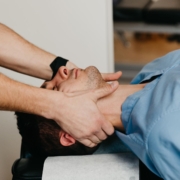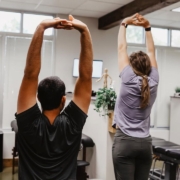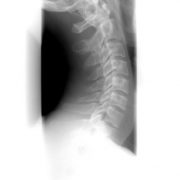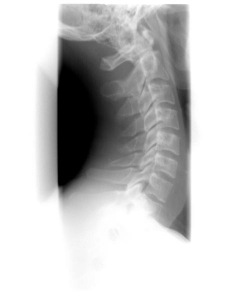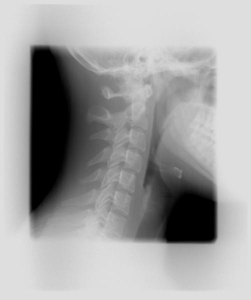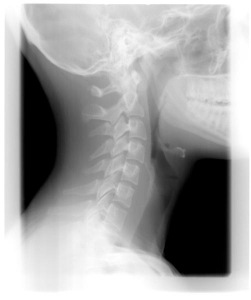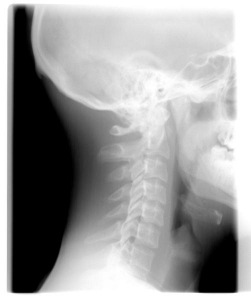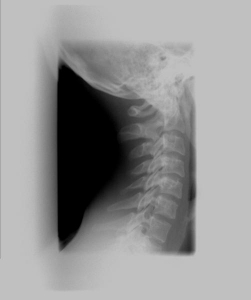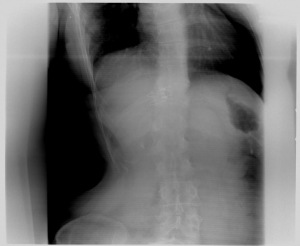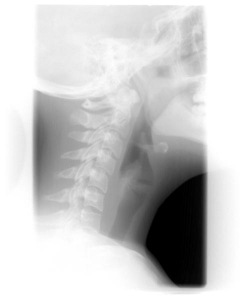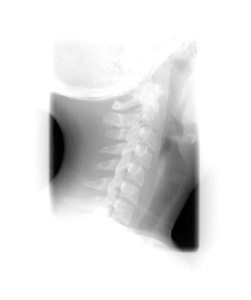Migraines and Text Neck: The Hidden Connection
In today’s digital age, where smartphones and computers have become an integral part of our lives, we often find ourselves hunched over screens for extended periods. This prolonged screen time, combined with poor posture, has given rise to a phenomenon known as “text neck.” However, what many people fail to realize is that text neck can have far-reaching consequences, including triggering or exacerbating migraines. In this blog post, we will explore the hidden connection between migraines and text neck, shedding light on the importance of maintaining good posture and finding ways to alleviate these issues.
Understanding Migraines:
Migraines are intense headaches that can cause severe throbbing or pulsating pain, usually on one side of the head. Accompanied by other symptoms such as nausea, sensitivity to light and sound, and visual disturbances, migraines can be debilitating and significantly impact one’s quality of life. While several factors contribute to migraines, including genetics, hormonal changes, and certain foods, external triggers like poor posture can also play a significant role.
Text Neck and Posture:
Text neck refers to the forward head posture and increased stress on the neck and upper back caused by prolonged use of handheld electronic devices such as smartphones and tablets. The act of bending the head forward to look down at a screen puts excessive strain on the neck muscles and disrupts the natural alignment of the spine. Over time, this poor posture can lead to a myriad of musculoskeletal problems, including headaches and migraines.
The Hidden Connection:
The relationship between migraines and text neck stems from the shared anatomical structures and interconnected nerves in the neck and head. The muscles and ligaments in the neck are closely connected to the base of the skull, where many nerves responsible for migraines are located. When the neck is strained due to poor posture, it can lead to tension in these muscles and contribute to the onset or intensification of migraines.
Moreover, the prolonged use of electronic devices often leads to increased eye strain, another common trigger for migraines. The strain on the eyes caused by focusing on small screens for extended periods can further exacerbate the symptoms of migraines.
Prevention and Alleviation:
- Maintain good posture: Be mindful of your posture while using electronic devices. Keep your head aligned with your spine and avoid slouching or hunching forward.
- Take regular breaks: Frequent breaks from screen time can help reduce strain on your neck and eyes. Set reminders to take short breaks and engage in stretching exercises to relieve tension in your neck and shoulders.
- Ergonomic adjustments: Make ergonomic adjustments to your work environment, such as using a stand or holder to keep your device at eye level and using an ergonomic chair that supports good posture.
- Strengthening exercises: Incorporate exercises that focus on strengthening the neck, back, and shoulder muscles to improve posture and reduce the strain caused by text neck.
- Mindful smartphone usage: Limit the time spent on your smartphone or electronic devices. Consider implementing “phone-free” periods during the day to give your neck and eyes a break.
- Consult a healthcare professional: If you suffer from chronic migraines or experience persistent neck pain, it is advisable to consult a healthcare professional. They can provide an accurate diagnosis, recommend appropriate treatments, and suggest strategies to manage migraines and alleviate text neck symptoms.
Conclusion:
The link between migraines and text neck emphasizes the importance of practicing good posture and being mindful of our screen time habits. By making conscious efforts to maintain a neutral spine alignment, take regular breaks, and strengthen our muscles, we can reduce the risk of developing migraines and alleviate the symptoms associated with text neck. Prioritizing our overall well-being, both physical and mental, is crucial in today’s digital world. So let’s take care of our posture, limit screen time, and find a balance that allows us to stay connected while minimizing the potential negative impacts on our health.

